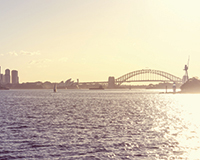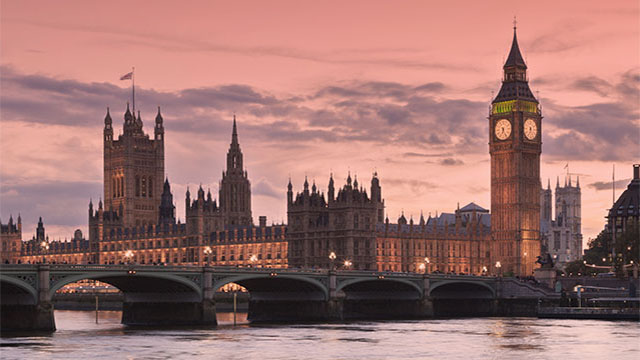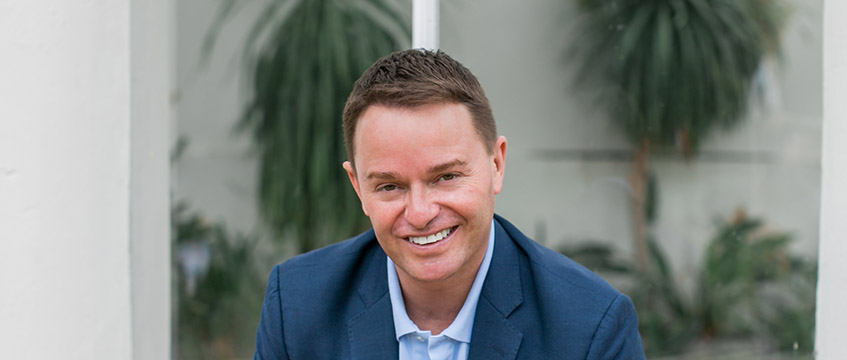 Is it all just too good to be true? That is the question on the minds of Sydney’s property investors and developers.
Is it all just too good to be true? That is the question on the minds of Sydney’s property investors and developers.
Commercial real estate transaction volumes hit A$29.1bn ($20.1bn) by the end of 2015, driving values to record highs across all sectors.
With many of the world’s largest global investors looking to diversify their portfolios outside core markets – and with Australia still having been a faraway backwater for some – Sydney is the obvious first port of call for those who venture Down Under.
Driven largely by the financial services sector, which has been resurgent since the global financial crisis, the city is protected from the demise of the minerals sector that is affecting many of Australia’s other major cities.
But no market has been propelled more by the influx of international capital in the city than the luxury residential market. It has been overwhelmingly influenced by the influx of Far Eastern and Chinese investors, which is made up of both end buyers looking to take advantage of the Sydney lifestyle, and developers and investors looking to deploy their capital and utilise their expertise.
Investors such as Wanda Group, Fosun and Greenland, as well as Ausbao, Vanke and others, are understood to be looking for opportunities. The benefits are plentiful. Developing within the Sydney market gives Chinese developers access to a large pool of skilled Asian workers and an opportunity to sell the end product back to their home market. The devaluation of the Australian dollar has also been to the advantage of Far Eastern investors.
“Wealthy Chinese people want their children to speak English and that is an attraction. There is little jet lag as there is not much time difference and the immigration policy is very favourable for China,” says Justina Fan, head of outbound investment, greater China, at Cushman & Wakefield.
Sydney house prices rose by 19.9% for the year ended 30 September 2015, according to the Australian Bureau of Statistics, and it is estimated that Chinese buyers have accounted for 2% of transactions. But while this has been positive for homeowners and developers, there is a growing underlying resentment against overseas buyers driving up prices and making it impossible for many buyers to get on the housing ladder.
“Sydney has seen a phenomenon of Asian developers buying grade-B and C office stock for residential redevelopment and conversion, with some progressing projects this cycle but others waiting for the next,” says Ben Azar, director for capital transactions and cross-border investment at Savills.
There has been a mass conversion of office buildings to higher-value residential uses. Research by Savills indicates that from 2015 onwards as much as 2.9m sq ft of office space is expected to be withdrawn from the market as a result of such projects. This total comprises 600,000 sq ft of prime offices and 2.3m sq ft of secondary and below.
In turn, this has led to developers having the confidence to replace old office stock with new space. One of the city’s largest regeneration schemes is being undertaken by Lend Lease on the western edge of the central business district.
The A$6bn Barangaroo South, like many newly established destinations, is only a 20-minute walk from the city’s famous Central Quay. The scheme’s three enormous office towers have attracted a substantial number of prelets.
The International Towers, 1, 2 and 3, designed by Roger Stirk Harbour + Partners, total 3m sq ft, split almost equally between them. Its size is almost equal to the average annual office take-up in the whole of Sydney.
The trio is around 67% let with tower 2 the first to complete, having been delivered in summer 2015. Towers 1 and 3 are expected to complete by October and May 2016 respectively. The likes of KPMG, HSBC, Westpac and Lend Lease itself have committed to space.
Construction began in 2010 and a letting of 65,000 sq ft to Westpac followed in 2012, which gave Lend Lease the confidence to put the pedal to the metal in bringing the three towers forward almost simultaneously.
Aside from becoming the city’s dominant business hub, the 18.5-acre site will also include some of the most desirable residences in the country.
Renzo Piano has designed three towers, on which development is yet to start, together known as One Sydney Harbour. Each will stand between 190 and 240 metres high and total 740 flats. The most expensive penthouses will be in the region of $A100m and Lend Lease is projecting values of more than A$5,000 per sq ft.
This phase will also include a casino owned by James Packer’s Crown Resorts. Packer is the son of Kerry Packer, the force behind World Series Cricket.
“They will be the highest-value homes in Australia. This has never been done before here. It is unprecedented,” says Jonathan Emery, managing director – urban regeneration, Lend Lease. “There is huge interest. We have more than 1,000 people registered who have put money down just to get in the queue.”
The confidence exuded by Lend Lease has been justified by some of the world’s most powerful investors buying into the scheme, attracted by the rare opportunity to buy something of scale that is newly built in Sydney.
In June 2015 Lend Lease sold a third stake in tower 1 to Qatar Investment Authority for A$525m and the project was boosted early on in 2012 by an investment of A$1bn by the Canada Pension Plan Investment Board in exchange for a 50% stake in towers 2 and 3. A combination of Lend Lease’s balance sheet and Lend Lease managed funds currently owns the remainder.
“We started off funding it ourselves and sold elements until we got more and more tenanted. We have different owners in different towers but they are all linked in terms of their objectives for the area,” says Emery. “Building relationships with those kind of partners is something we work very hard on.”
The Sydney market is in dreamland and is the apple of the eye of the world’s investors. For as long as global instabilities and the slowdown in the Chinese economy continue, investors will make hay while the sun shines.










